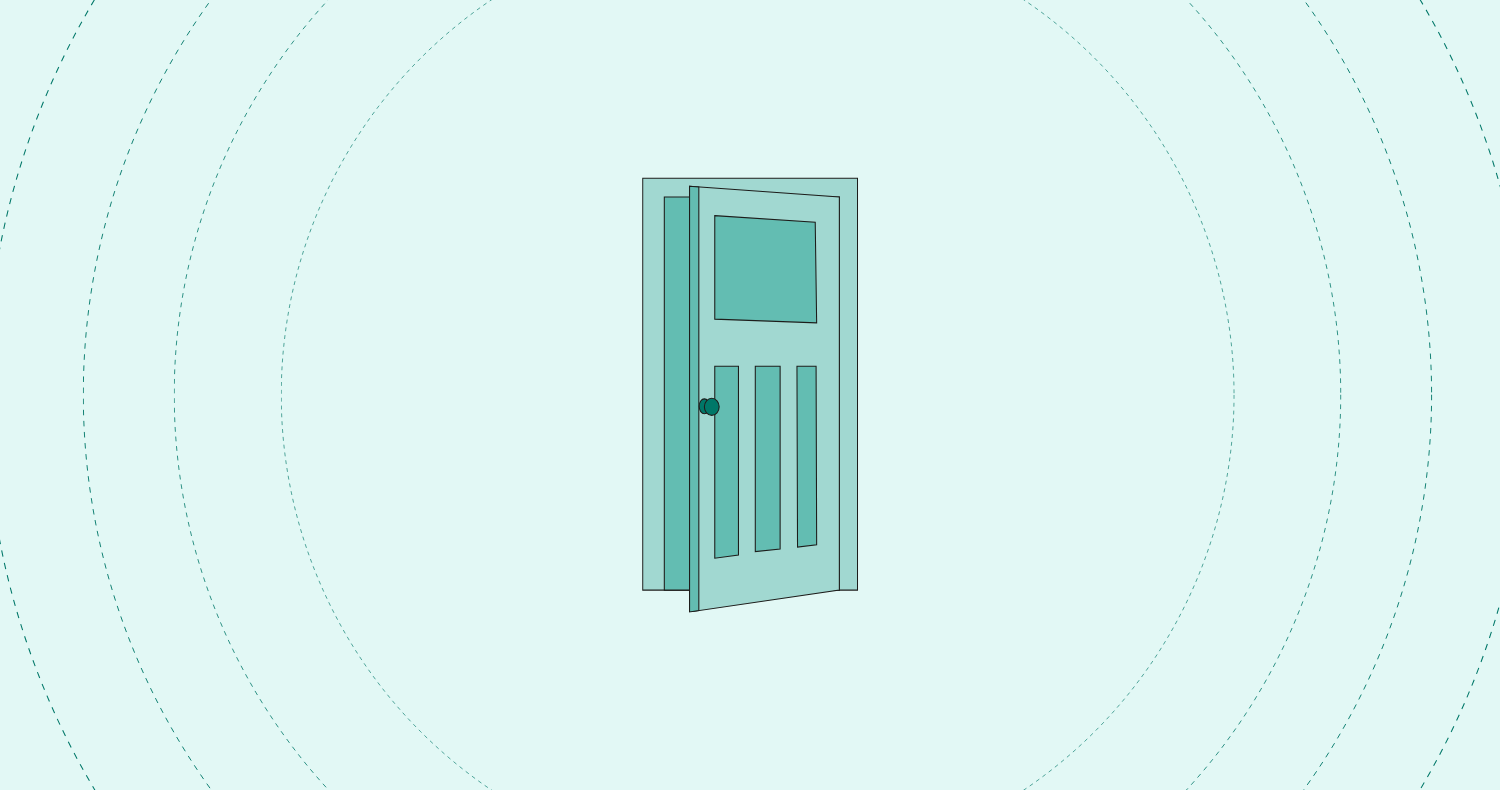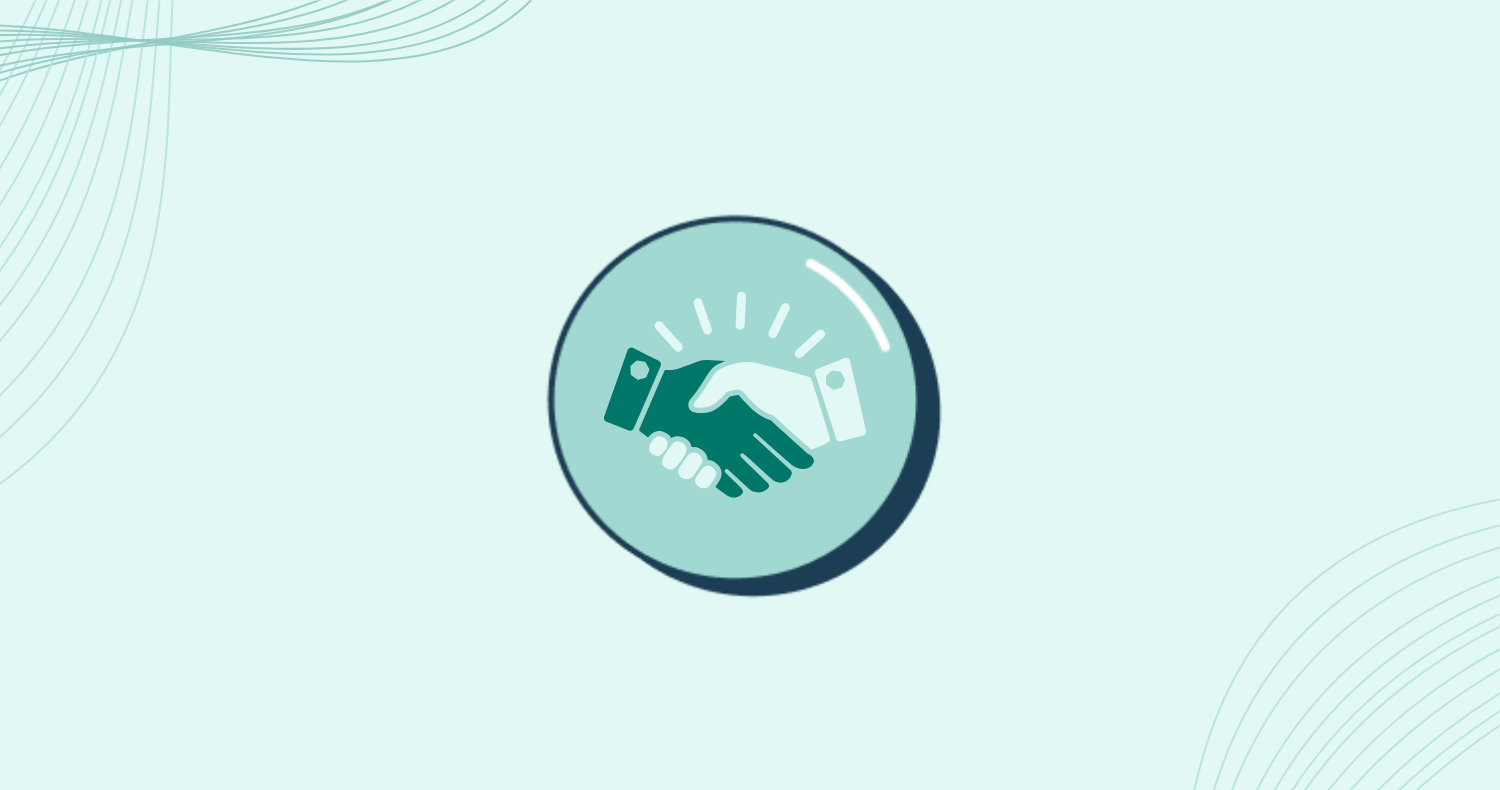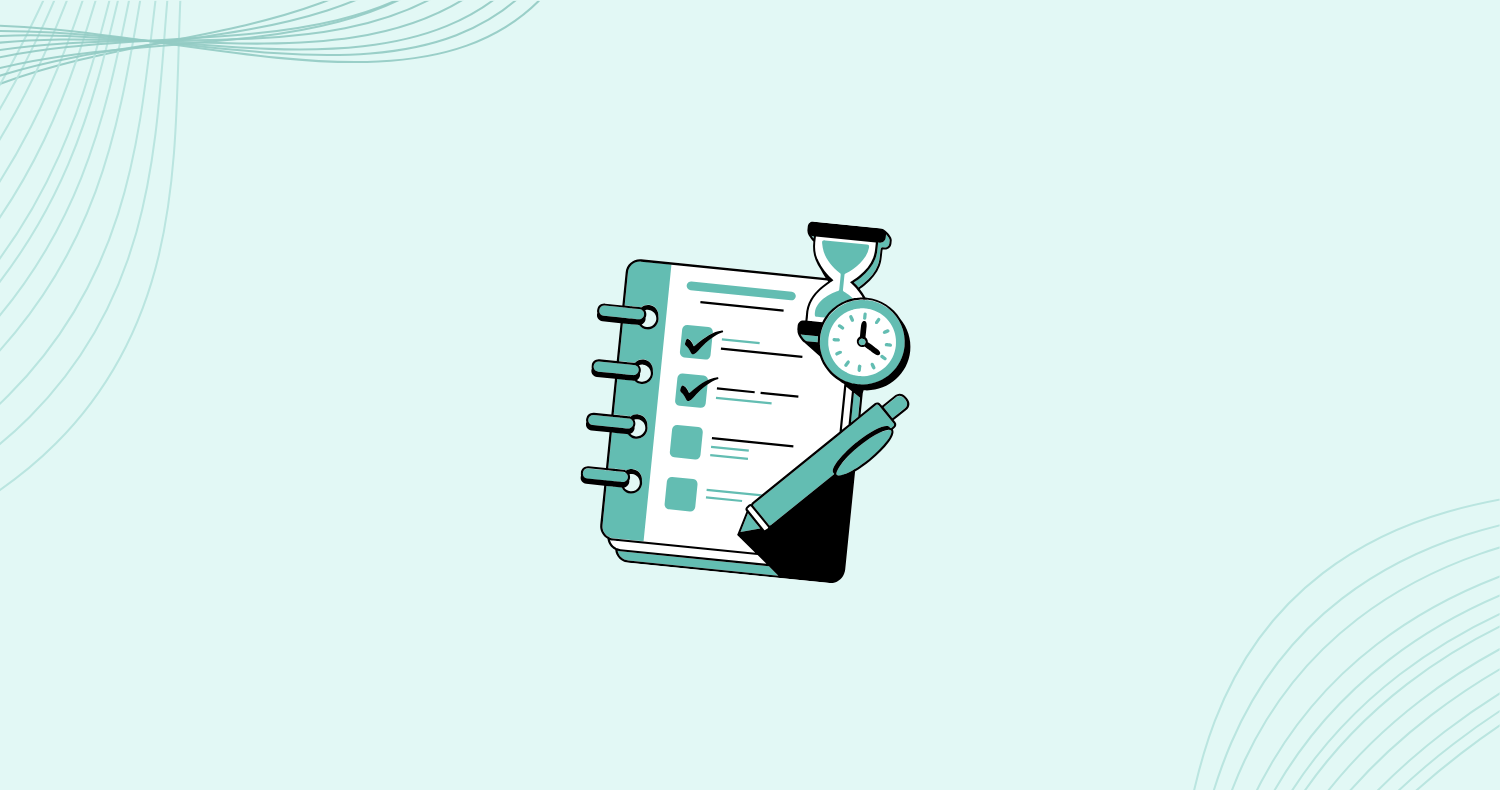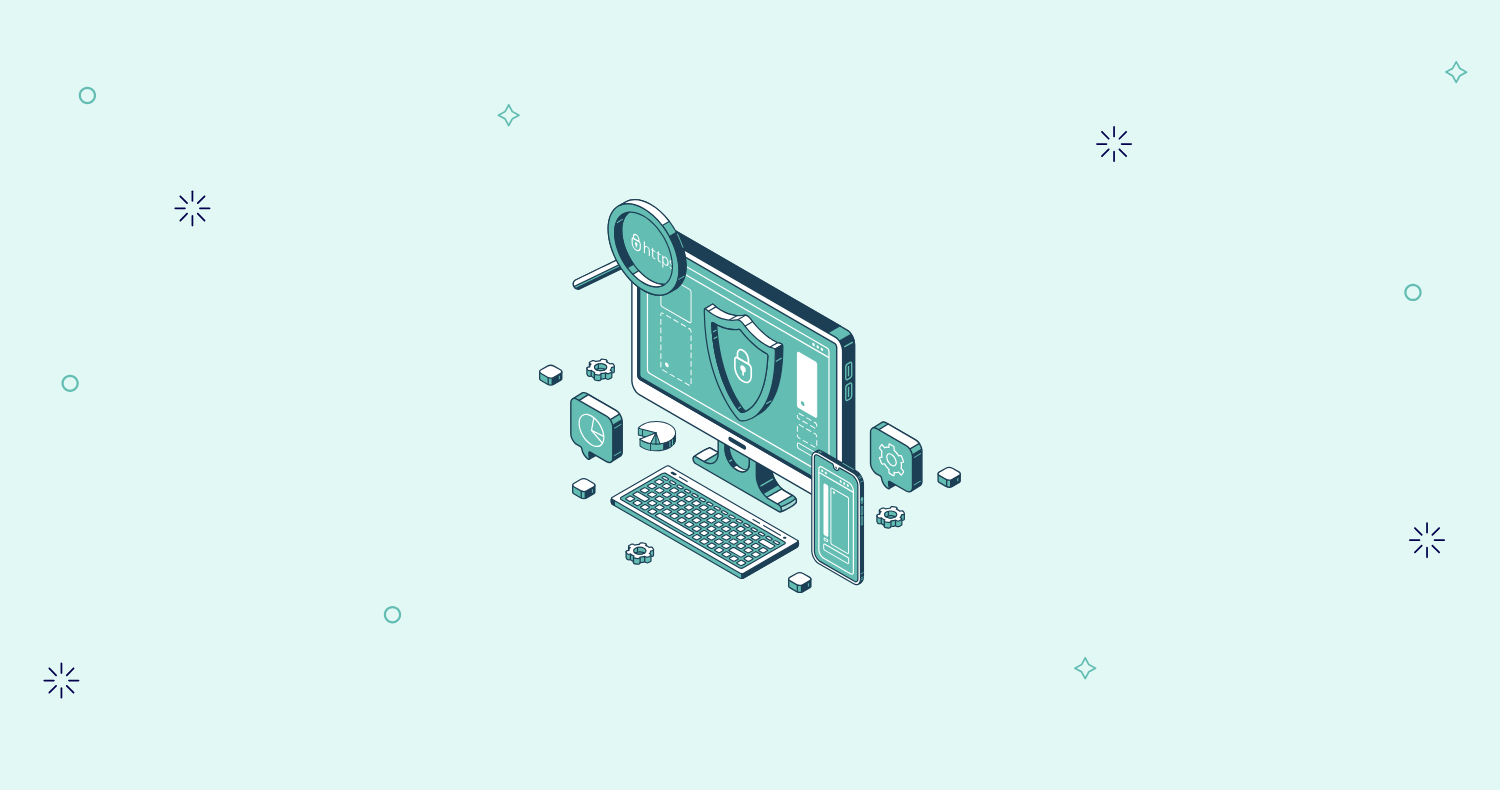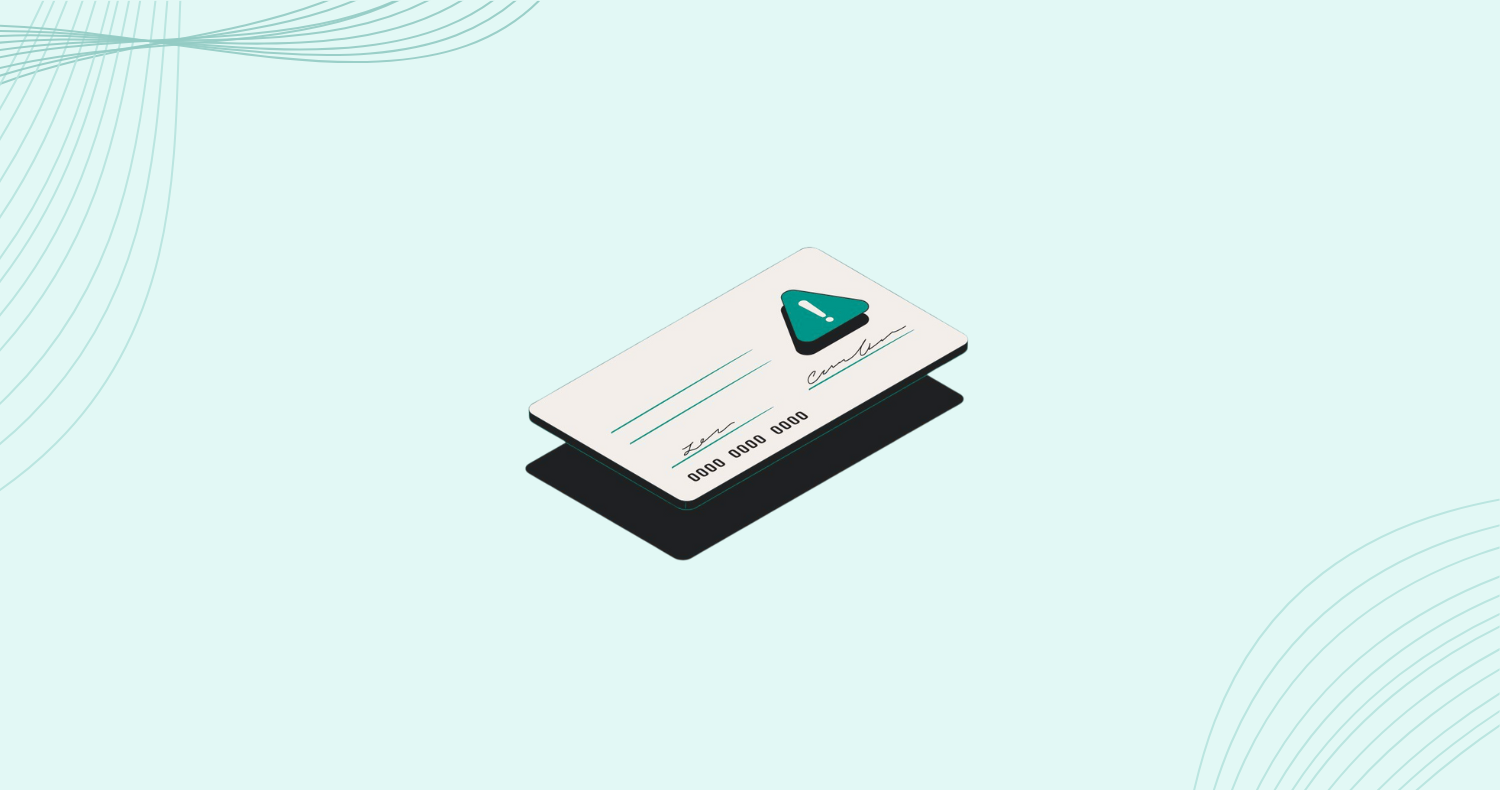ACH, Credit Cards, and Checks: Which Is the Most Secure Payment Method?
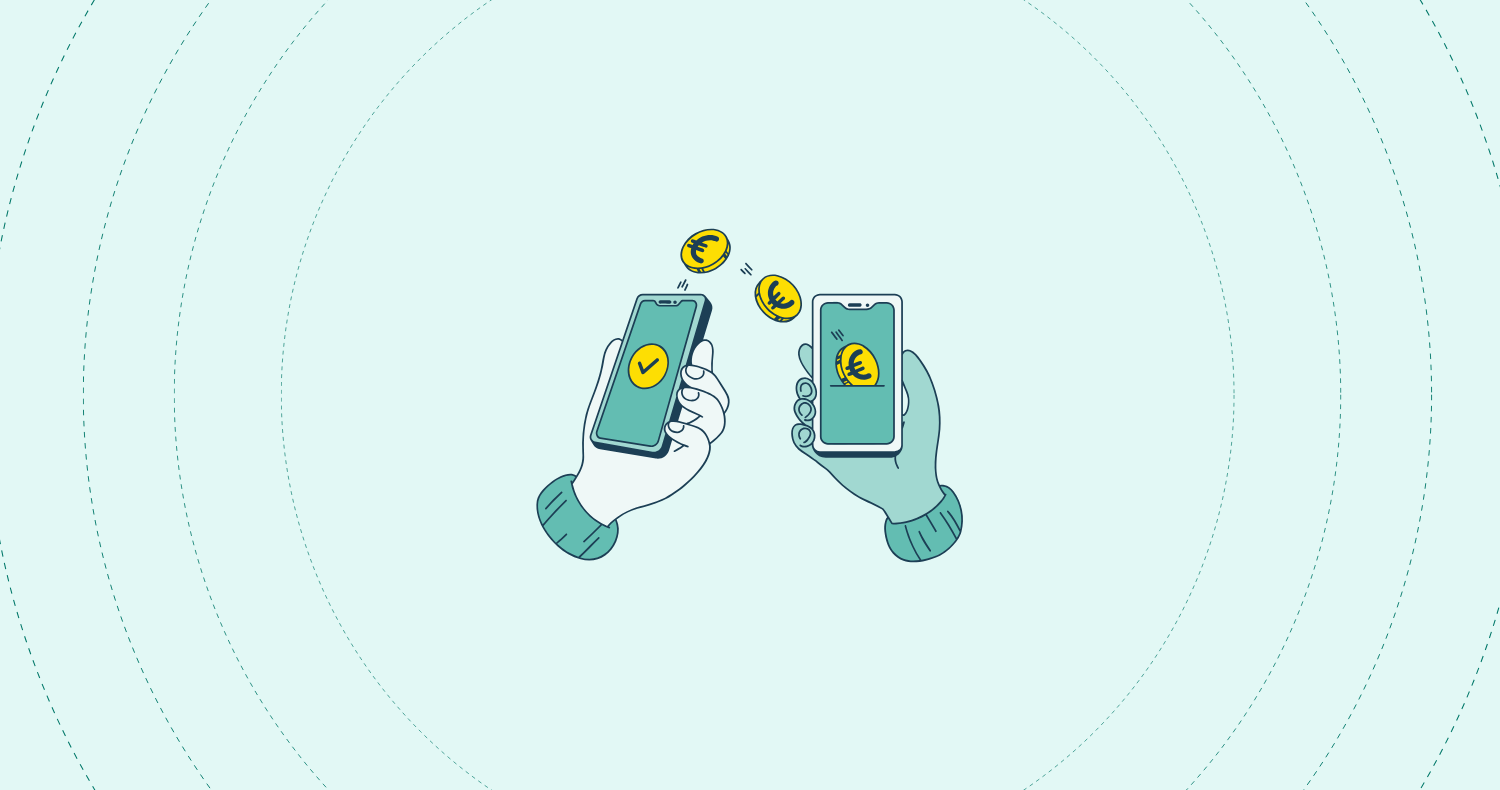
Not all payment methods are created equal, especially when it comes to security, cash flow, and client experience. That leaves many MSPs asking the same question: “What’s the most secure way to get paid without making things harder for my clients?”
As an MSP, your business runs on predictable revenue and client trust. You can’t afford a payment process that exposes you or your client to fraud, delays cash flow, or turns billing into a manual chore. The right system should make payments faster, safer, and more reliable for both sides, not add friction.
In this article, we’ll break down the risks and trade-offs of paper checks, credit cards, and ACH payments, and why more and more high-growth MSPs are moving toward ACH as their default method.
By the end, you’ll have a clear understanding of which payment types best balance security, convenience, and cost for your business and your clients.
The Rising Risk of Payment Fraud for MSPs
Fraud is accelerating at a breakneck pace since the pandemic. According to the 2025 AFP Payments Fraud and Control Survey, 63% of organizations reported either attempted or actual payments fraud in 2024, with a 385% increase in check fraud. With the FBI’s Internet Crime Complaint Center (IC3) also reporting billions in losses from cyber-enabled fraud in 2024, a 33% increase over 2023.
Although payment fraud is a risk for every business, MSPs are more vulnerable to it. The nature of recurring billing, interconnected systems, and client access makes them uniquely exposed and a more rewarding target for malicious actors.
- Recurring billing cycles: MSPs operate on monthly or quarterly billing schedules, meaning a single instance of fraud can repeat with every cycle. What begins as one compromised payment can quietly multiply into thousands (or even millions) of dollars lost over time.
- Revenue dependency: Disrupted payments threaten your ability to meet payroll, maintain infrastructure, and deliver client services. For MSPs, even brief interruptions can snowball into significant operational strain.
- High-value targets: MSPs manage sensitive data and financial transactions for multiple clients, making them disproportionately attractive to cyber attackers specifically. One successful compromise can expose not just your business, but every client downstream.
As fraud grows more sophisticated, your payment method is no longer just a convenience; it is another critical layer of defense against financial and reputational loss.
Paper Checks: The Least Secure Option
Paper checks were designed for a time built on trust in physical mail, manual approval processes, and slower operational rhythms. But what once felt dependable has become one of the most vulnerable payment methods in today’s digital economy.
Check fraud is now the fastest-growing form of payment fraud, with the U.S. Treasury and FinCEN reporting a 23% increase in check-related suspicious activity year-over-year after 2020. Stolen or altered checks can circulate for weeks before detection, and recovery is slow or impossible once funds are withdrawn.
Many businesses still lean on paper checks, not out of negligence, but familiarity. Writing, signing, and mailing a payment feels tangible, especially for clients who equate physical control with security. “I signed and sent it myself, so I know it’s okay” is a common perspective. Unfortunately, that confidence is misplaced. It’s often the very qualities that make checks feel safe that are what make them so easy to exploit.
That’s why it’s crucial to help clients understand the reality: paper checks aren’t a safer or simpler option. By clearly communicating the risks, you’re protecting your clients’ financial integrity, too.
How Checks Create Risk for Your Client
Every step in the paper check payment process introduces risk, and the fallout almost always starts on the client’s side. Here are some things that are important to communicate to any of your check-loving clients:
- Data exposure: Every check displays sensitive financial information in plain text, routing and account numbers, signatures, and addresses. In the wrong hands, that’s everything needed to counterfeit or drain an account.
- Mail theft and interception: Once a check leaves the office, it passes through multiple touchpoints (postal carriers, sorting facilities, even local mailboxes) before reaching its destination. At any of these points, it can be stolen or altered. The AFP 2024 Payments Fraud Survey found that incidents tied to U.S. Postal Service interference jumped 10 percentage points year over year.
- Lack of visibility: Checks can take days or even weeks to clear, leaving clients blind to what’s happening in the meantime. If the check is deposited somewhere, the client may believe that the right recipient received it. They may not know their money was stolen until you reach out to them to let them know you haven’t received payment.
The Real Impact on MSPs
While check fraud most visibly harms clients, the operational fallout often lands hard on MSPs, too.
A single delayed or missing payment can disrupt payroll, delay vendor invoices, or jeopardize software renewals. Multiply that by dozens of clients mailing checks each month, and the unpredictability snowballs, turning what should be a profit-making process into a threat for the rest of your business.
The financial hit can be swift, but the conversations that follow with your clients who believe they’ve already paid you can be much more devastating. Telling someone their check never arrived feels accusatory, even when they are the ones who have been defrauded. Meanwhile, your accounting team burns hours chasing deposits instead of driving financial visibility.
According to the 2024 AFP® Payments Fraud and Control Survey, only 22% were able to recover even three-quarters of their losses, meaning that you and your clients have to make up for the actions of a malicious actor.
For MSPs, that makes paper checks are not only a financial liability but an operational and relational one as well.
Credit Cards: Convenient, But Not Without Risks
Credit and debit card fraud isn’t slowing down. In fact, it’s expanding alongside the growth of digital transactions. The Nilson Report projects that global card fraud losses will reach $43 billion by 2026, up from $32 billion in 2022, driven largely by online “card-not-present” transactions. Studies from the Federal Reserve Bank of Kansas City show that most cardholders only discover fraud after reviewing their monthly statements, not through real-time alerts, and that the stress and loss of trust caused by the incident often outweigh the financial damage. Meanwhile, cybersecurity analysts continue to find millions of stolen card records circulating in dark web marketplaces every month, many obtained through phishing and spoofed payment portals.
Altogether, these trends show that while credit cards are convenient, they carry persistent vulnerabilities that can’t be fully eliminated, only mitigated.
The Hidden Risks of Credit Card Payments
Credit cards may feel like the safest, simplest way to get paid. Clients are familiar with them, transactions are fast, and the process feels “secure”. But beneath that convenience, credit cards create multiple points of exposure for both MSPs and their clients, especially in recurring, card-not-present billing environments.
Most MSP payments happen online, not in person. That means card numbers, expiration dates, and CVV codes are entered manually through billing portals or emailed invoices. Each of those touchpoints can be spoofed, phished, or intercepted before the data ever reaches your system. Even if your platform is fully compliant and encrypted, a single compromised client workstation or spoofed invoice can lead to stolen payment details and fraudulent charges that still trace back to you.
Similar to checks, card data digitally travels through several intermediaries like gateways, processors, and issuing banks. Each layer introduces another vulnerability and increases the likelihood of being attacked. When something does go wrong, MSPs are often caught in the middle, explaining a security incident they didn’t cause.
When Credit Cards Still Make Sense (and Where They Fall Short)
Credit cards do have their place. They’re ideal for one-time or small-ticket services, hardware purchases, immediate rush work, or emergency support. And for clients who value flexibility or rewards points, cards add convenience.
But for MSPs relying on recurring revenue, cards introduce more instability than predictability. Even outside of fraud, payments can fail for reasons entirely out of your control: expired cards, maxed-out limits, or issuer freezes triggered by unrelated activity. Each failed transaction interrupts your cash flow stream, forcing your team to follow up, rebill, and rebuild client confidence.
There’s also the compliance burden. MSPs that store or transmit card data must adhere to strict PCI DSS standards, encryption requirements, and regular audits. That’s a heavy responsibility for infrastructure never designed for ongoing card management, and one that becomes harder to scale as your client base grows.
In short, credit cards deliver convenience and familiarity, but that surface-level simplicity hides significant security and operational risks. For MSPs managing sensitive client data and recurring payments, cards aren’t a shield; they’re simply a vulnerability waiting to be exploited.
ACH Payments: Secure, Predictable, and Built for Growth
While no exchange of funds is without risk, ACH (Automated Clearing House) transfers move money directly between bank accounts, bypassing physical checks or card networks and the risks relevant to both of those. That’s what makes it the most secure option for clients and MSPs.
That’s why for MSPs focused on security, consistency, and scale, ACH is often the optimal choice.
ACH payments move money directly between bank accounts through a regulated network managed by NACHA (the National Automated Clearing House Association). Unlike checks or card payments, ACH doesn’t rely on physical documents or shared card credentials. Instead, it uses secure, encrypted communication between financial institutions to authorize and settle transactions behind the scenes. And while ACH continues to face some fraud attempts, it is at far lower volumes.
ACH payments typically follow a verification-then-batching flow: originators validate accounts (often using micro-deposits or account validation checks), then group debit/credit entries into payment files that are submitted to the ACH network. Those files are processed during defined posting windows and settlement cycles, which creates an auditable trail and predictable timing for funds movement. These are standard rules and practices in the ACH network (see NACHA account-validation guidance) and are implemented by payment processors to reduce fraud and errors.
Because every participant in the network (banks, credit unions, and processors) must adhere to NACHA’s security protocols, ACH transactions maintain a high bar for integrity. And since there’s no paper trail or manual handling, those increasingly common threats like mail theft, check washing, or credential exposure are entirely eliminated.
In short, ACH transfers prioritize security, offering MSPs a payment method built for convenience as well as control at scale.
The Benefits for MSPs
- Predictable, faster cash flow: Standard ACH settles in 3-5 business days, and some platforms like FlexPoint now offer Same-Day ACH for faster turnaround.
- Lower transaction costs: Without postal fees, paper handling, and manual reconciliation, the cost per invoice drops significantly.
- Scalability & automation: ACH workflows support bulk billing, recurring payments, scheduling, auto-retries, and predictable pipelines.
- Strong fit for recurring contracts: Managed service agreements (MSAs) work best when payments are automated, consistent, and low-friction.
How FlexPoint Ensures Security for All Payment Types
FlexPoint isn’t just another payments tool. It’s a purpose-built platform designed to help MSPs get paid securely and on time. Here’s how FlexPoint adds security and efficiency to whichever payment type you and your clients choose to prioritize.
Same-Day ACH for Faster Cash Flow
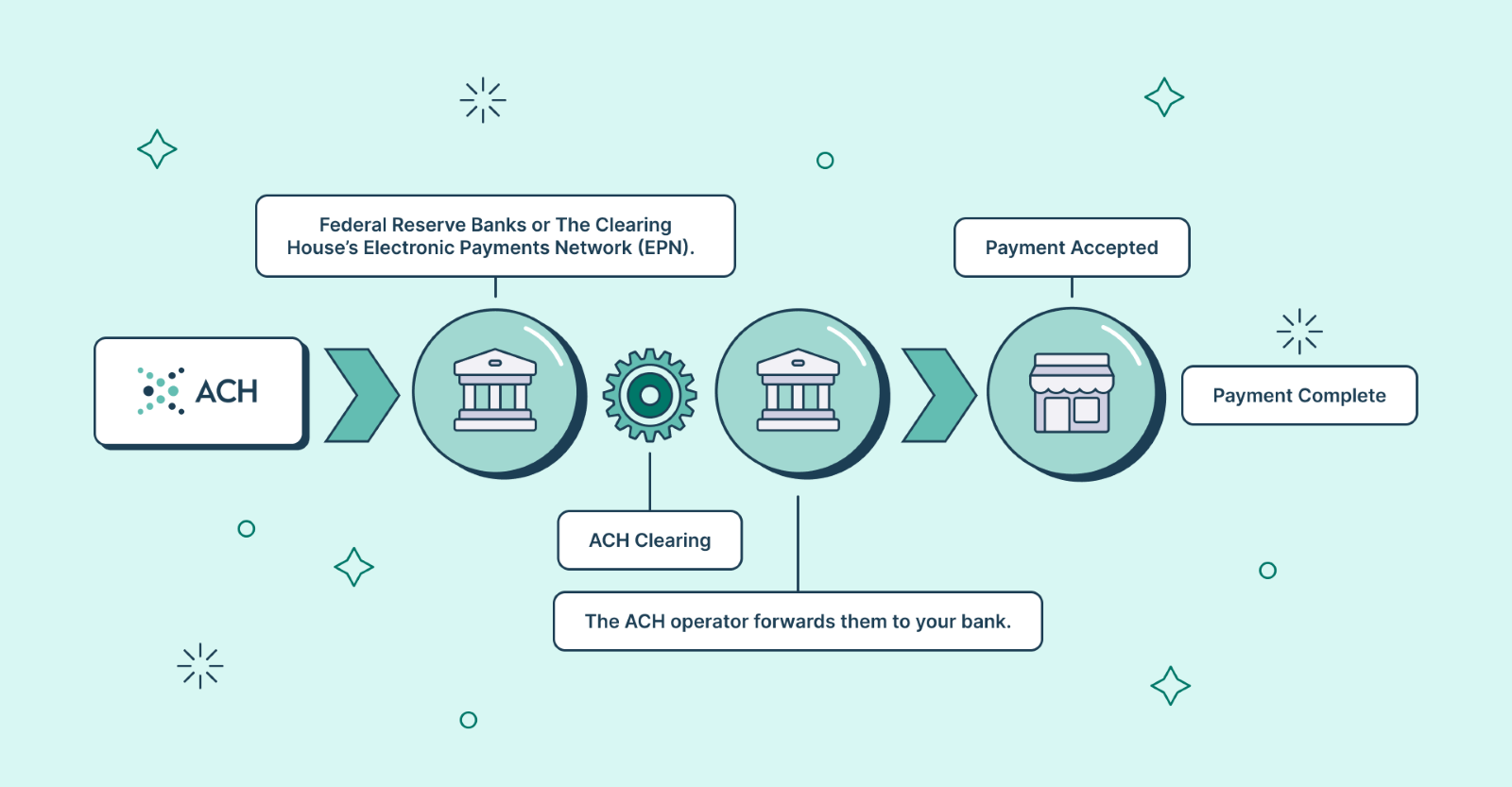
Traditional ACH payments can take several days to clear, leaving MSPs waiting and guessing when revenue will actually land. FlexPoint offers Same-Day ACH, allowing payments to be deposited into your account the same day clients send them.
This shortens the gap between invoice and cash in hand, improving liquidity and giving you more control over operating capital. Whether you’re managing payroll, covering operational costs, or funding new projects, Same-Day ACH turns waiting into predictable cash flow.
Virtual Payment Terminal
Checks were never designed for speed, but MSP work moves fast. Whether you’re billing for an urgent on-site project or a one-time hardware purchase, you likely need a secure way to collect payment in the moment.
FlexPoint’s Virtual Payment Terminal makes that possible. You can collect a payment on the spot, no waiting for invoices or physical checks. With the terminal, you can generate a unique and secure payment link, share it instantly, and accept ACH or card payments in seconds. Each transaction syncs automatically with your accounting system, so there’s no manual entry or reconciliation later.
Flexible Client Payment Methods
While ACH is the most secure and cost-effective method for recurring payments, some clients prefer to pay by card or need more flexibility for larger projects. FlexPoint accommodates this by supporting credit card payments and a flexible financing option called FlexLine, all without forcing MSPs to compromise on security.
Because FlexPoint is more than a pass-through gateway, it manages encryption, tokenization, and compliance for you. That means your clients get convenience, and you get peace of mind knowing sensitive data is protected at every step.
PCI Compliance & Advanced Encryption
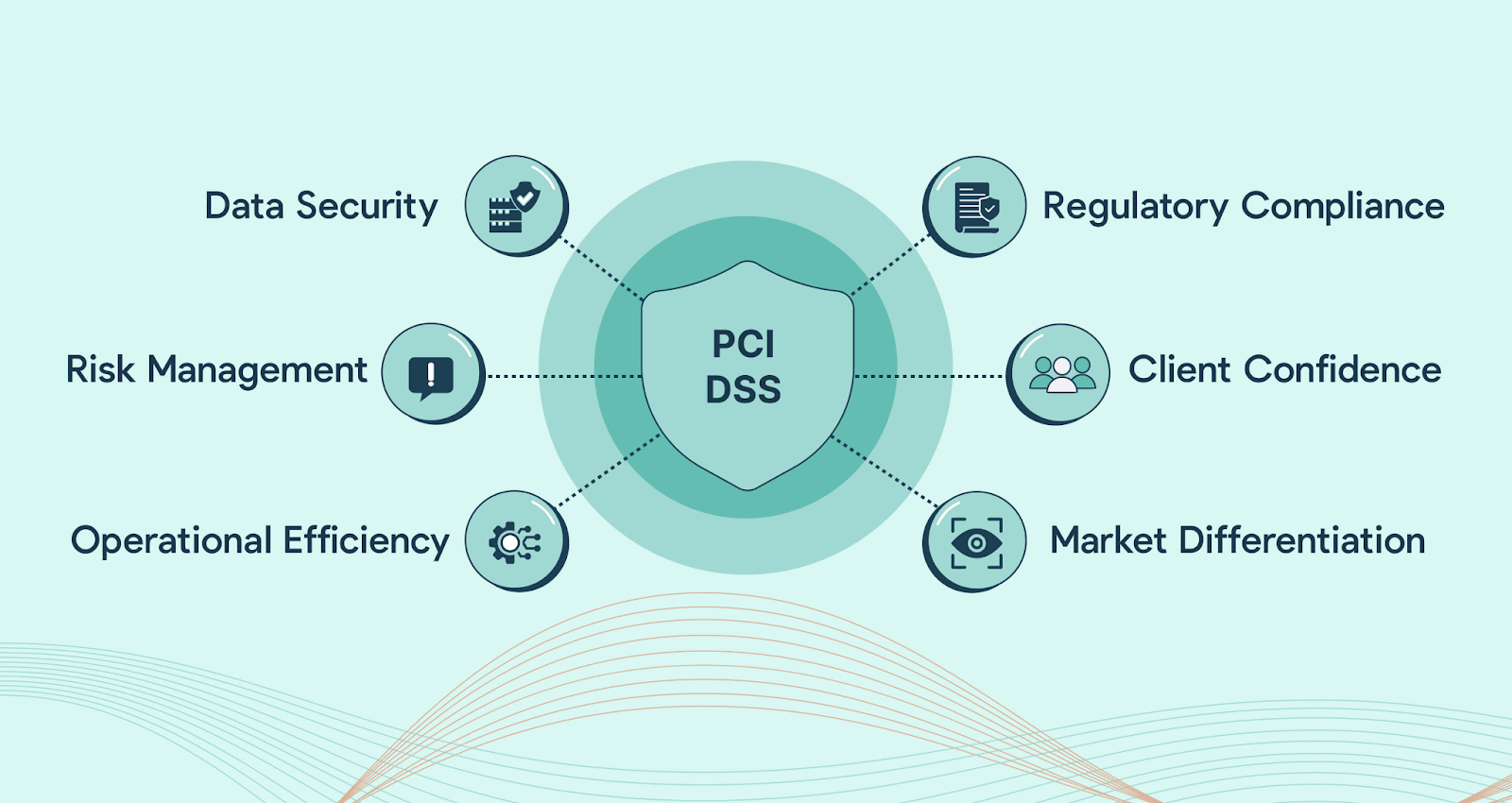
FlexPoint is PCI-compliant, which means it adheres to the highest industry standards for payment data protection. All sensitive information (whether ACH details or credit card data) is encrypted, tokenized, and stored securely to prevent unauthorized access. This compliance extends across every part of the platform, so you never have to manage PCI certification or handle cardholder data directly. In short: FlexPoint does the heavy lifting, ensuring your MSP remains secure and compliant by default.
Payment Method Comparison Side-by-Side
Secure Doesn’t Have to Mean Complicated
So what’s the verdict? In today’s payment landscape, security isn’t a nice-to-have; it’s a business requirement. Paper checks, which were once the standard for trust, now carry the highest risk of fraud. They expose sensitive account data, travel through unprotected channels, and take days (or even weeks) to settle. Every check mailed is an open invitation for interception, and every delay introduces uncertainty into your MSP’s finances.
Credit cards offer speed and convenience, and they’re familiar to clients, but they come with trade-offs. High processing fees cut into margins, and card-not-present payments remain a top target for digital fraud. Even if your systems are airtight, a compromised or maxed-out card elsewhere can still disrupt your revenue stream, forcing you to manage billing issues that weren’t yours to begin with.
ACH payments, on the other hand, strike the right balance. They combine bank-level security with predictable settlement, lower costs, and minimal manual oversight. When paired with the right verification systems and fraud-scoring tools, ACH is not only the most efficient way to move money, it’s also the most secure. For MSPs handling recurring client payments, that reliability translates directly into healthier cash flow, less administrative overhead, and stronger client trust.
By giving clients a clean, one-click way to pay through ACH, FlexPoint offers MSPs the opportunity to scale with secured cash flow and happy clients.
You don’t have to choose between protection and convenience. With FlexPoint, you can safeguard your MSP from fraud while giving clients a fast, transparent, and professional payment experience.
It’s time to trade paper checks and unsecured digital payment methods for secure, same-day payments built for modern MSPs. Need a little help transitioning away from paper checks? We created a toolkit with an already built 90-day transition plan, checklists, email templates, and more for you to start accepting secure payment methods ASAP.
Download the free guide here!


